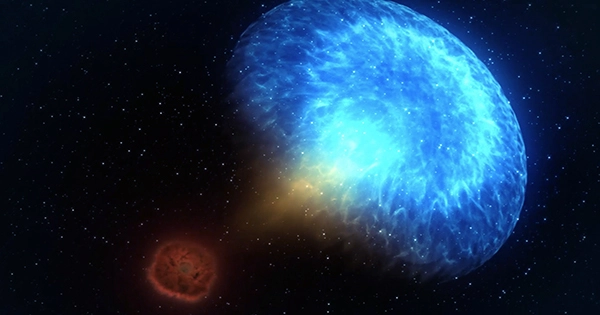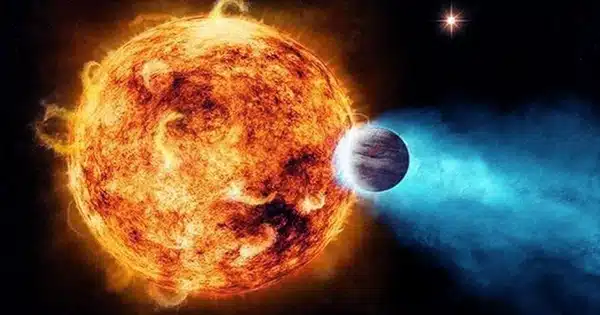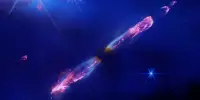Some stellar objects do not evolve into stars because they are too small to ignite nuclear fusion at their core. They become brown dwarfs and grow to be around the size of Jupiter. Some are even colder than a campfire or the highest setting on an electric burner.
T8 Dwarf WISE J062309.94045624.6 is one of these ultracool brown dwarfs; it has a temperature of 425°C (797°F) and emits radio waves. It’s unclear how it produces them in the first place – just about 10% of brown dwarfs release radio waves.
“Radio emission from ultracool brown dwarf stars like these is extremely uncommon. This is due to the fact that their dynamics typically do not result in the magnetic fields that produce radio emissions observable from Earth, according to a statement from the study’s principal author, Kovi Rose, a graduate researcher at the University of Sydney.

“It’s a wonderful discovery to find this brown dwarf emitting radio waves at such a low temperature. Understanding ultracool brown dwarfs like this one better would aid our comprehension of the evolution of stars, especially how magnetic fields are produced.
The rapid rotation of brown dwarfs may contribute to the magnetic field, and radio waves appear to be related to electron migration in the polar regions. The Universe’s most powerful aurora is actually atop an ultracool brown dwarf.
This radio-emitting brown dwarf is the coldest radio-emitting brown dwarf yet discovered. It is around 37 light-years away from Earth and is even smaller than Jupiter. It has a radius between 0.65 and 0.95 times that of the gas giant. But it nevertheless packs a lot more mass in such a compact volume, between four and 44 times that of Jupiter. Jupiter is 1,000 times more massive than the Sun.
“These stars are a kind of missing link between the smallest stars that burn hydrogen in nuclear reactions and the largest gas giant planets, like Jupiter,” Rose continued.
Data from the CSIRO’s ASKAP telescope in Western Australia were utilized in the investigation of the brown dwarf, which was then followed by observations from the MeerKAT telescope in South Africa and the Australia Telescope Compact Array near Narrabri in New South Wales. The Square Kilometer Array will be constructed in Australia and South Africa, with the pathfinder versions being called ASKAP and MeerKAT.
Professor Tara Murphy, co-author and Head of the School of Physics at the University of Sydney, continued, “We’ve just started full operations with ASKAP and we’re already finding a lot of interesting and unique celestial objects, like this. We will gain a better grasp of the stars around us and the potential habitability of the planetary systems they host as we open this window on the radio sky.
















